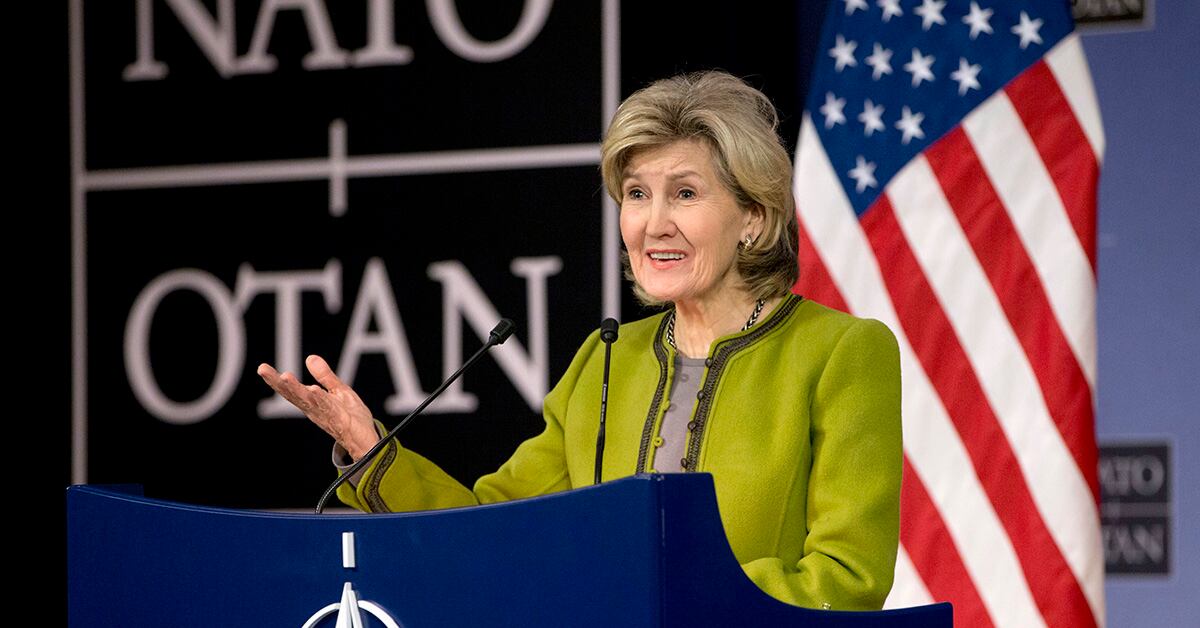BRUSSELS — Canada has decided to rejoin NATO’s Airborne Warning and Control Systems program, while Belgium has agreed to buy into the alliance’s tanker program — a pair of moves expected to strengthen NATO’s indigenous air capability.
The two announcements both came Wednesday at a NATO defense ministerial conference in Brussels.
NATO owns few pieces of equipment itself, with the 16-strong fleet of E-3A AWACS surveillance aircraft the crown jewel.
Those planes operate primarily out of NATO Air Base Geilenkirchen, but can also operate out of component forward-operating bases in Aktion, Greece; Trapani, Italy; Konya, Turkey; and Oerland, Norway.
RELATED

Canada was one of the 12 original nations that funded the NATO AWACS program, but announced it was withdrawing support in 2011, with operational standdown coming in 2014. Wednesday’s decision to reverse that stand represents Canada’s renewed commitment to the alliance, said Canadian Defence Minister Harjit Sajjan.
“NATO is a cornerstone of Canada’s international security policy, and is one of our most important multilateral relationships. In that spirit, Canada has decided to rejoin NATO’s Airborne Warning and Control System,” Sajjan announced at the ministerial event.

The decision to pull out of the AWACS program saved about CA$50 million (U.S. $40 million) a year, according to the Canadian Armed Forces.
The move had angered NATO allies, but Canadian government officials insisted it was necessary. The ruling Conservative Party government defended its position by noting that Canadian military personnel still served on U.S. Air Force AWACS.
The current Liberal Party government of Prime Minister Justin Trudeau re-evaluated the decision in light of Canada’s increasing commitment in Europe. Over the last several years, NATO has significantly increased the use of its AWACS, including in areas like Central and Eastern Europe, where Canada is leading a multinational NATO battlegroup based in Latvia.
Sajjan said Canada would be supporting the capability through “contributing to its operations and support budget.” Follow-up requests for confirmation that Canada would be contributing only money — and not training pilots or maintainers on the aircraft — were not returned by press time.
NATO nations hope to add another airborne capability through a new fleet of A330 multirole air-to-air refueling aircraft through a joint cost-sharing program. As with the AWACS fleet, the idea for the tanker aircraft is to pool resources to procure a high-end capability for NATO members who otherwise would not be able to afford refueling aircraft.
Wednesday’s signing makes Belgium the fifth members of the coalition, joining the Netherlands, Luxembourg, Germany and Norway. The first two tankers, which can also be used for transporting materiel or troops, were purchased by the Netherlands and Luxembourg in 2016. Belgium’s inclusion means the fleet will now be a planned eight aircraft, with scheduled deployment between 2020 and 2024.
Notably, the NATO announcement about the agreement highlights how the five-nation team will “reduce the over-reliance on the United States” in the area of transport and refueling. U.S. President Donald Trump has been vocal in his criticisms that NATO countries are not doing enough in the area of burden-sharing.
David Pugliese is the Canada correspondent for Defense News.
Aaron Mehta was deputy editor and senior Pentagon correspondent for Defense News, covering policy, strategy and acquisition at the highest levels of the Defense Department and its international partners.








